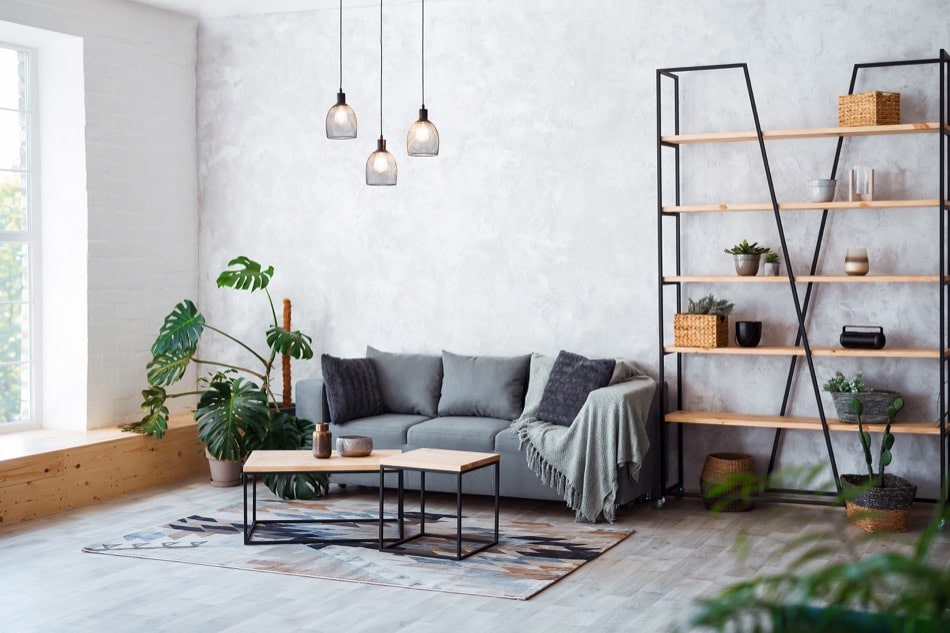
Interior Design 101: How to Spruce Up Your Home
 Interior design can be a little intimidating to those without a knack for decorating. It may not be difficult to figure out where to put the couch and television, but how can Ham Lake homeowners pull the rooms together so they’re more than just functional? Learn more about the very basics of interior design, and how to apply the principles to every part of the home.
Interior design can be a little intimidating to those without a knack for decorating. It may not be difficult to figure out where to put the couch and television, but how can Ham Lake homeowners pull the rooms together so they’re more than just functional? Learn more about the very basics of interior design, and how to apply the principles to every part of the home.
A Closer Look
With interior design, homeowners are focusing more so on space planning rather than just whether the curtains match the pillows. Similar to staging a home for sale, the patterns of the furniture, the artwork on the walls, indoor fountains and the color of the rugs should all be coordinated to create the right vibe. A library may be designed based on a vertical blueprint, with the bookshelves serving to draw the eye up. But a dining room may work on a horizontal level, with the table taking center stage.
Choosing a Style
Interior design starts with picking a style. Here are just a few options:
- Minimalism
- French country
- Contemporary
- Victorian
- Shabby Chic
- Traditional
- Tuscan
Contemporary styles make use of whites and blacks to add a little drama to the space, while traditional will be far more neutral and predictable. Shabby chic will celebrate your chachkies and the warmth they bring, while minimalism will cut them out entirely. It can help to flip through magazines and internet sites to get a sense of which style will fit the home best.
A Focus and a Balance
Interior design stresses the importance of having a focal point in each room. From an overstuffed couch to a bay window, the focal point should bring out the uniqueness of the room. Homeowners should also think about balance when it comes to the room. There should be some degree of contrast throughout the home, be it in colors or patterns, but the overall look should be smooth as opposed to busy or entirely bare.
Not everyone can see a room the same way an interior designer does, but there’s no reason that homeowners can’t fold in certain principles to either decorate or renovate their home. If owners can put more money toward the decor rather than the designer, it’s a fun DIY project that can be rewarding for a number of reasons.



